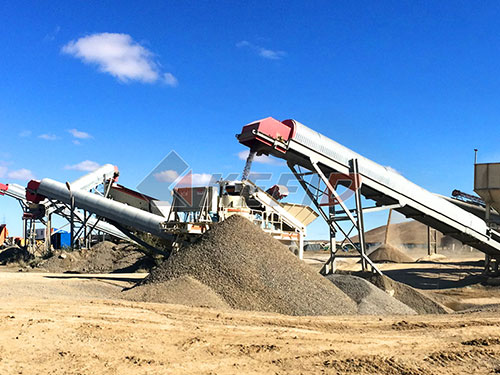The Unsung Hero of Crushing Efficiency: A Deep Dive into Cone Crusher Bowl Liners
In the demanding world of mineral processing and aggregate production, cone crushers stand as pivotal workhorses for secondary and tertiary crushing stages. While the mantle garners significant attention as the active crushing surface, its performance is intrinsically linked to its counterpart – the Bowl Liner. This critical wear component forms the concave crushing chamber against which rock is compressed and fractured. Far more than just a replaceable part, the design, material composition, condition, and maintenance of the bowl liner are fundamental determinants of a cone crusher’s overall efficiency, product quality, operational cost, and longevity.
Understanding the Role: More Than Just a Surface

The bowl liner sits fixed within the upper frame assembly (the bowl) of the cone crusher. Its primary functions are multifaceted:

1. Forming the Crushing Chamber: Alongside the mantle attached to the rotating head (main shaft assembly), it defines the geometry of the crushing cavity – feed opening size (gape), crushing zone profile (parallel zone length), and discharge opening setting (closed-side setting or CSS). This geometry dictates how material flows through the crusher and is compressed.
2. Facilitating Size Reduction: As rock enters at the top feed opening (gape), it falls into an ever-narrowing space between the rotating mantle and stationary bowl liner. The eccentric motion of the main shaft causes the mantle to gyrate within this concave space, repeatedly compressing rock against the liner surfaces until it fractures sufficiently to pass through at the bottom discharge point.
3. Directing Material Flow: The profile of both mantle and bowl liner work together to guide crushed material downward towards discharge while ensuring consistent compression throughout its travel path.
4. Absorbing Impact & Abrasion: Subjected to immense compressive forces and constant abrasion from hard rock particles sliding against its surface during each crushing cycle.
5. Influencing Product Shape: The shape of particles produced is heavily influenced by how many times they are compressed (“crushing events”) within this chamber before exiting at CSS size or smaller due to inter-particle crushing in a well-loaded cavity (“choke feeding”). Liner profile impacts this significantly.
Material Science: Building Resilience Against Wear
Given their harsh operating environment – high impact loads combined with severe abrasion – bowl liners demand exceptional material properties:
1. Austenitic Manganese Steel (Mn14%, Mn18%, Mn22%

Leave a Reply